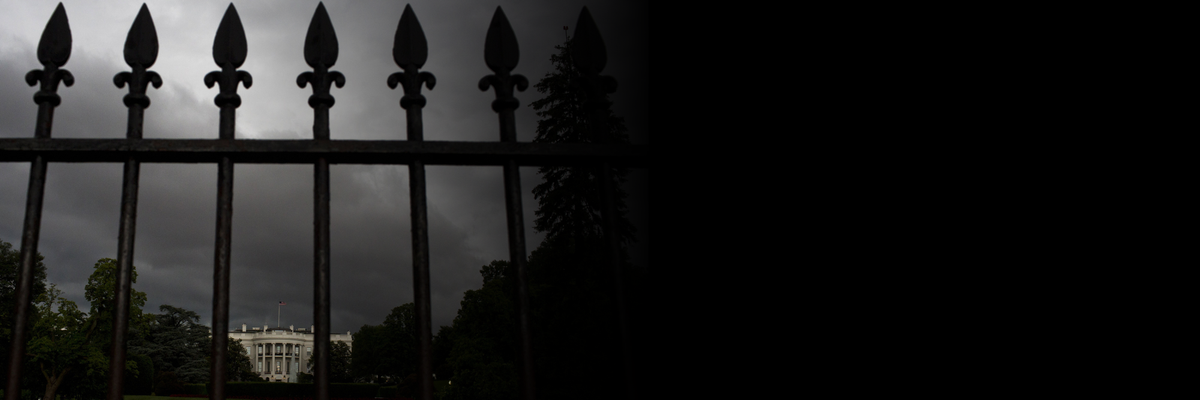While developing activities on
coal and the climate crisis in 2011 for
Rethinking Schools magazine, I ran across a curriculum,
The United States of Energy, from Scholastic, the venerable education publisher.
It was a colorful series of lessons, aimed at fourth-graders, which explored the various sources for energy in the United States. The material on coal discussed its many "advantages." But when I looked for discussion of the disadvantages ... nothing.
Not a word about coal's status as the largest source of climate-wrecking carbon dioxide. Nothing about how burning coal emits toxic mercury, or how mountaintop removal mining has destroyed 500 Appalachian mountains.
It turned out that the education arm of the U.S. coal industry, the American Coal Foundation, had hired Scholastic to produce these glossy lessons and to distribute them to teachers throughout the country.
In a blog post, the American Coal Foundation's executive director, Alma Hale Paty, explained that they had selected Scholastic to tell their story because its materials are in classrooms across the country and, "Four out of five parents know and trust the Scholastic brand."
I wrote a critique of Scholastic's pro-coal propaganda for Rethinking Schools. Before we posted it on the Web, I approached Josh Golin at the Campaign for a Commercial-Free Childhood (CCFC) about teaming up.
The day we published the article online, Rethinking Schools and CCFC sent letters to our members, announcing a campaign to demand that Scholastic sever ties with the coal industry and end distribution of its coal curriculum. Friends of the Earth, Greenpeace USA, and the Center for Biological Diversity joined the effort.
And then The New York Times' Tamar Lewin, who had covered CCFC's past skirmishes with Scholastic, wrote an article echoing the Rethinking Schools critique.
Following The New York Times' coverage, the story spread quickly via environmental groups--the Sierra Club, Greenpeace, the National Wildlife Federation, Climate Science Watch--and social justice education groups Teaching for Change and the New York Collective of Radical Educators.
The New York Times ended the week with an editorial, "Scholastic's Big Coal Mistake," saying that Scholastic had failed to "adhere to high educational standards." Later that day, Scholastic agreed to sever ties with the coal industry, cease distribution of the energy curriculum, and launch a review of its "In School Marketing" program, in which Scholastic rented its logo and curriculum talents to numerous corporations.
The story of how Scholastic was forced to withdraw its pro-coal The United States of Energy offers a valuable lesson: When educators and activists work together to shine a light on socially and environmentally harmful teaching materials, we can defend the integrity of schools. As we work to build a curriculum that equips students to address the climate crisis, wealth inequality, U.S. militarism and a host of other social and environmental issues, we need this kind of educator-activist partnership more than ever.
Bill Bigelow wrote this article for Education Uprising, the Spring 2014 issue of YES! Magazine.
___________________
Keep reading...Show less



